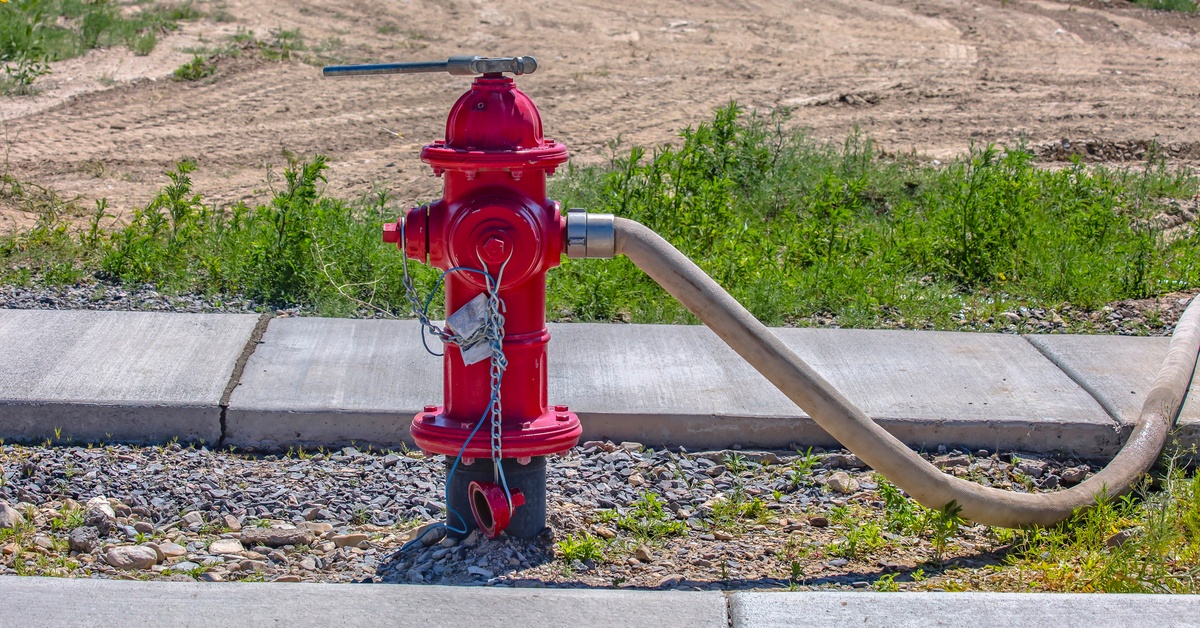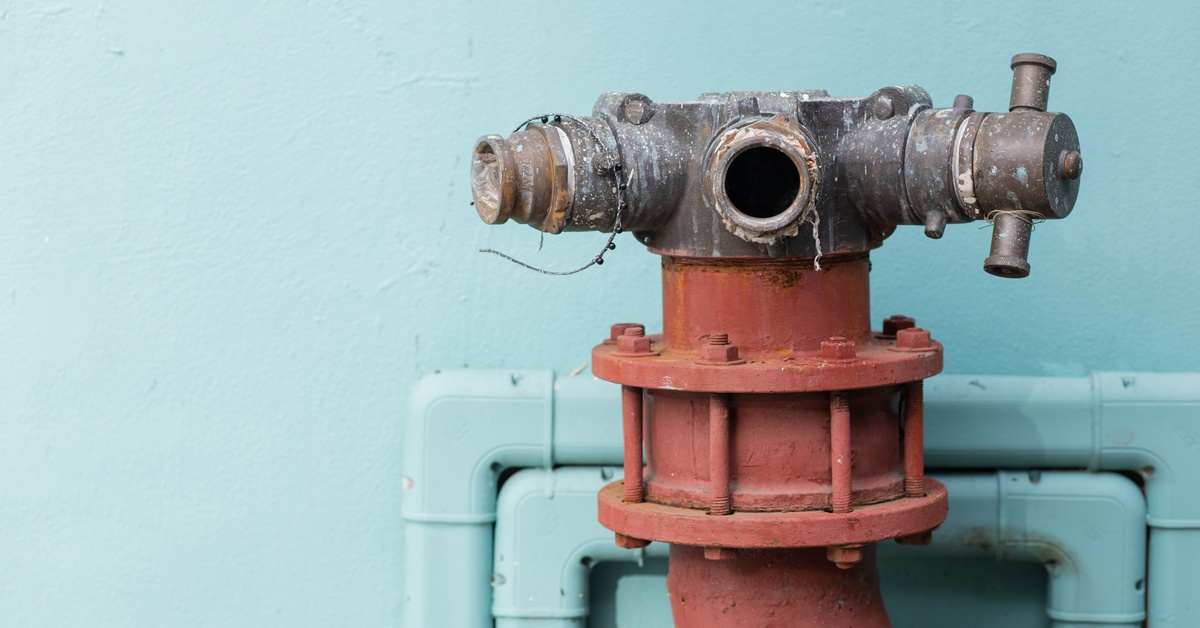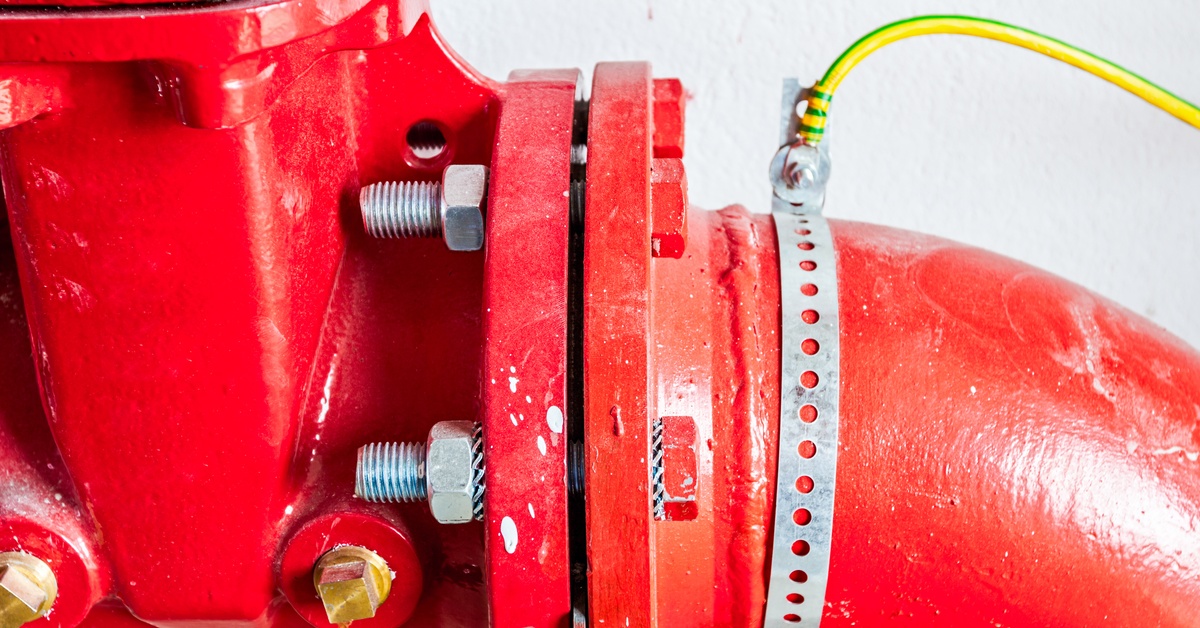
Author: Tyler Mashek
Rolling up to a jobsite only to find your equipment doesn’t match the local fire hydrant is a headache every operator wants to avoid. For pump truck operators and general contractors, a reliable water source is a must-have for daily operations, but connecting to it may feel like a puzzle with mismatched pieces. Hydrant sizes and threads vary by location, meaning adapters allow you to work with any hydrant. Use this guide to common fire hydrant adapter types and their uses to arm yourself with the knowledge and hardware to get the water flowing and the job done.

A swivel adapter is a must-have fitting that connects a male hose coupling to a female hydrant outlet, forming a secure, leak-proof seal. Its most useful attribute is the swiveling mechanism, which permits the hose to rotate without twisting the entire length and causing kinks.
Many suction hose suppliers like Varco Supply recommend this fitting because it simplifies connections in tight spaces and protects your discharge hoses from unnecessary wear. This fitting is a true workhorse for any operator’s toolkit.
The double female adapter is a straightforward, indispensable connector featuring female threads on both ends. Use this fitting to connect two male hose ends, which is a common scenario when you need to extend your hose lines to reach a distant work area.
It also serves to adapt equipment that terminates in a male fitting to a male-threaded hydrant outlet, ensuring a secure connection. When your standard hose setup just won’t cut it, this adapter bridges the gap between your male-ended equipment.
Conversely, a double male adapter comes equipped with male threads on both of its ends. Its primary function is to connect two female hose couplings, a frequent necessity when you need to join two standard hose sections for a longer reach.
This adapter is a simple solution for extending your water line from the hydrant to a remote point of use, like a hydro-excavation site or dust control zone. Without this fitting, you might find yourself unable to get water where you need it most.
This specialized adapter is perfect for those times when a full-blown fire hose is overkill for the task at hand. It converts a standard 2.5-inch NST fire hydrant nozzle to a common 0.75-inch garden hose thread (GHT).
This fitting is extremely useful for smaller-scale water needs on a jobsite, such as dust control, equipment cleaning, or container filling. Gain the convenience of a garden hose connection directly from a powerful water source without wrestling with a heavy-duty hose. It’s a simple way to get controlled water flow for minor jobs.
One important thing to remember is that other standards like NST and BSP exist, and you need to make sure that your garden hose’s burst pressure is at least three times the output PSI of the hydrant you’re using to avoid any mishaps.
The Storz connection is a quarter-turn, sexless coupling system that is standard in many modern fire service and industrial applications and it’s becoming more common in modern setups. A Storz-to-NST adapter allows equipment with these quick-connect fittings to attach to traditional hydrants that use National Standard Thread. Different municipalities will often have different hydrant specs, so it’s important to always check local requirements.
The use of this fire hydrant adapter type ensures your modern gear interfaces with older infrastructure seamlessly to maintain compatibility across different systems. This adapter is a lifesaver when you are working with newer water hauling equipment or a suction hose that relies on the Storz system for its rapid and secure locking mechanism.
Hydrant and hose couplings feature different lug designs for tightening and loosening with a spanner wrench, with rocker lugs and pin lugs being two of the most common types. This adapter facilitates a connection between a hose with rocker lugs and another with pin lugs, a common issue when dealing with equipment from different manufacturers or eras.
The adapter ensures interoperability between various pieces of hardware you might encounter on different jobsites. With this adapter, you avoid the frustration of having two perfectly good hoses that refuse to connect and keep your operation moving without compatibility hiccups.
A thread reducer is an adapter that connects a larger diameter hydrant outlet to a smaller diameter hose. For instance, you might use it to step down a 2.5-inch hydrant opening to a more manageable 2-inch diameter to match the hoses you already have instead of requiring a specific set of hoses to match the hydrant’s diameter. This is necessary when the only available hydrant port is the large-diameter pumper outlet and all your discharge hoses are a smaller standard size.
A thread reducer lets you tap into any available water source, regardless of the port size you encounter. This fitting ensures you avoid getting stuck without water because of an oversized outlet.A thread increaser serves the opposite function, connecting a smaller hydrant outlet to a larger diameter hose. An operator might use an increaser to hook up a 4-inch or 6-inch hose to a 2.5-inch hydrant outlet.
This setup restricts flow, making it less common, but it’s crucial for specific hydraulic calculations that require a larger hose to minimize friction loss over long distances. When you have a long run and need to maintain pressure, this adapter becomes a valuable tool. It’s a niche but important fit for specific jobsite challenges.
This elbow adapter creates a 45-degree angle in the connection between the hydrant and the hose, which is incredibly useful for reducing hose kinks. It relieves strain at the hydrant outlet, especially when the hose must go around obstacles or pull away from the hydrant at a sharp angle.
The improved alignment enhances water flow and significantly extends the life of your hose by preventing damage. When you’re dealing with awkward hydrant placements, this fitting makes your life much easier.

Similar to its 45-degree cousin, the 90-degree elbow adapter provides a right-angle connection that is a true problem-solver in tight spots. This fitting is particularly useful in dense urban environments where hydrants are often located right next to walls, curbs, or other obstructions that make a straight connection impossible.
The 90-degree bend allows the hose to run parallel to the curb or structure without kinking, maintaining a clear path for water flow. Without this adapter, you may need to bend your hose in a way that damages it.
Having the right gear, whether it’s the right adapter or hydrant wrench, helps you handle whatever a jobsite throws at you, including connecting to any fire hydrant you come across. Building a comprehensive kit with these adapters will save you time, money, and a lot of frustration. Stock up on these essential adapters and other quality hose fittings at Varco Supply and prepare yourself for the field.